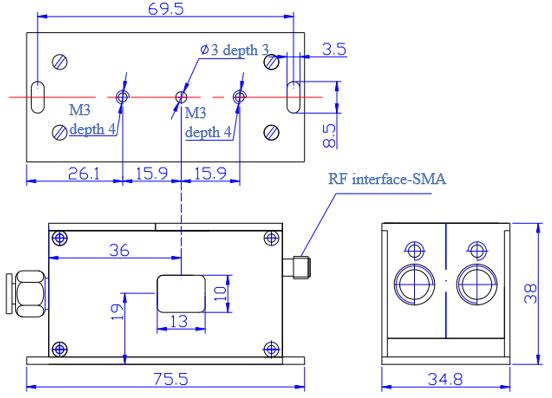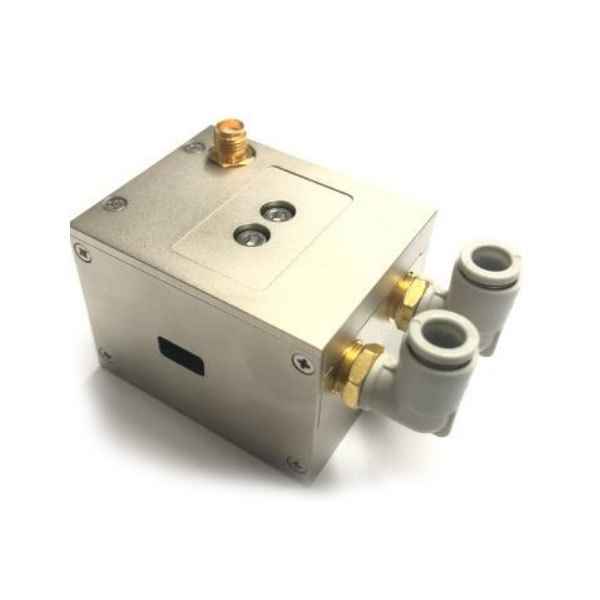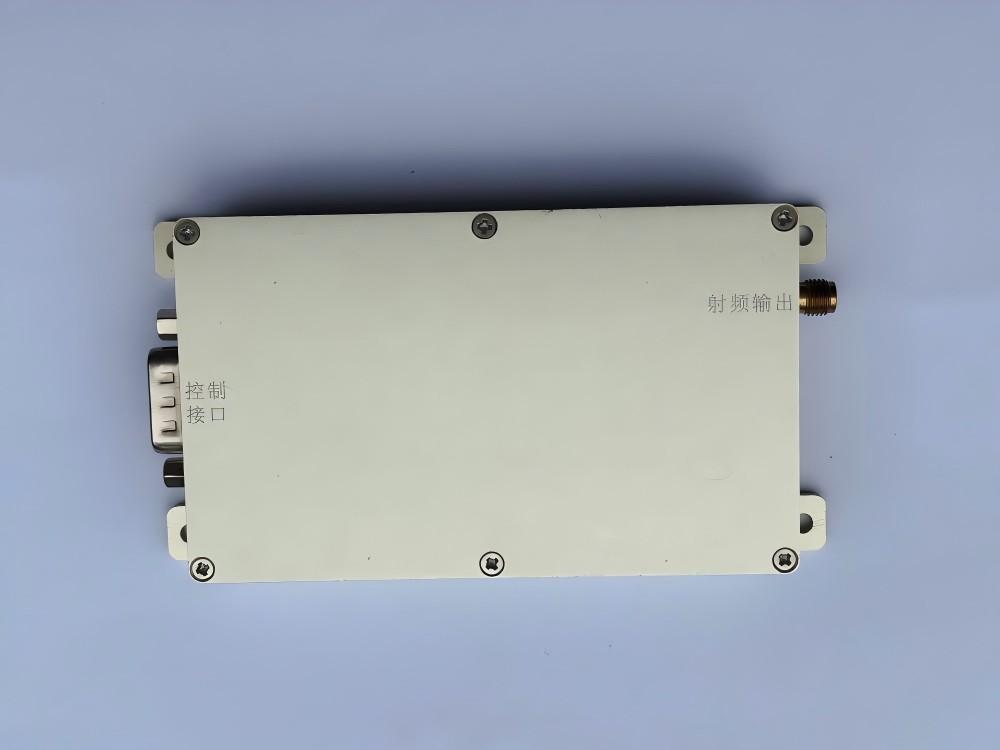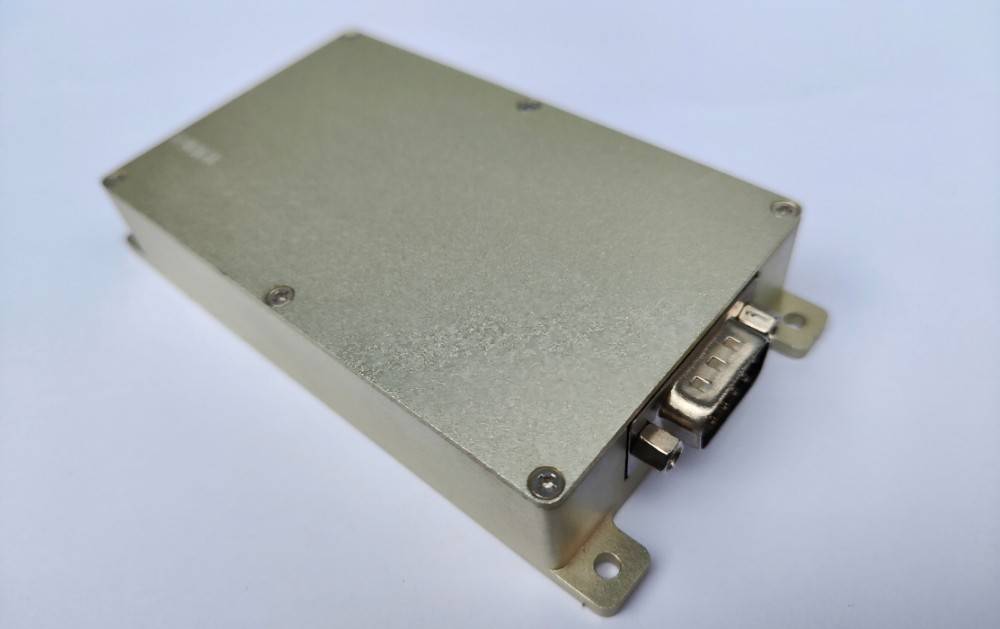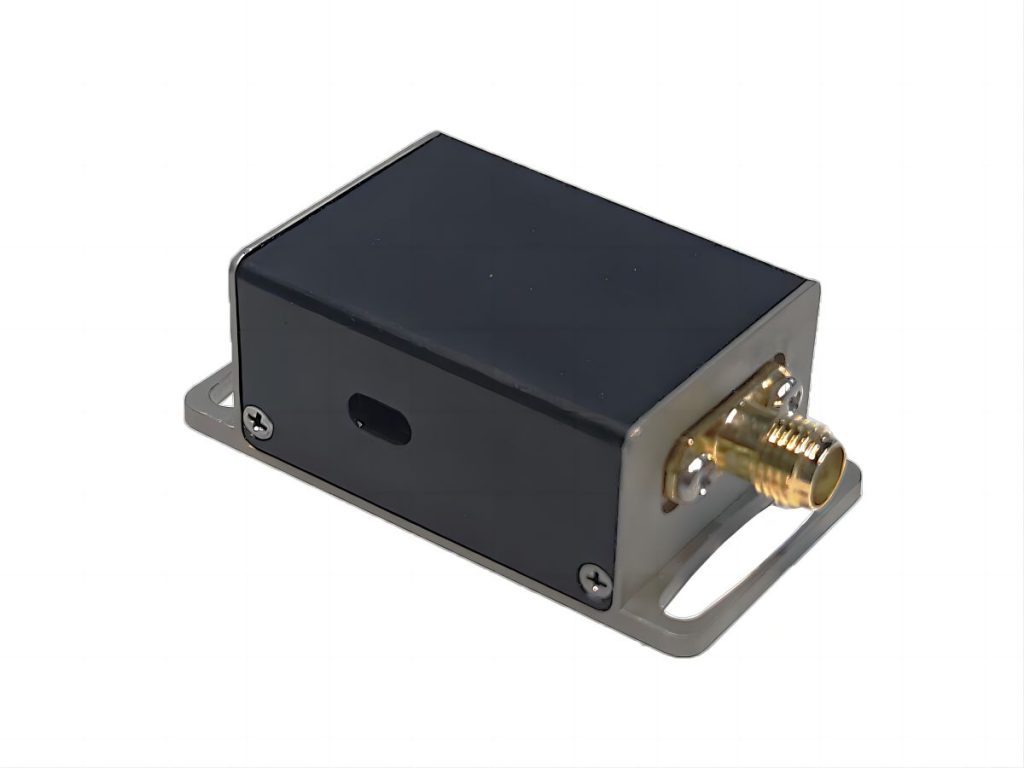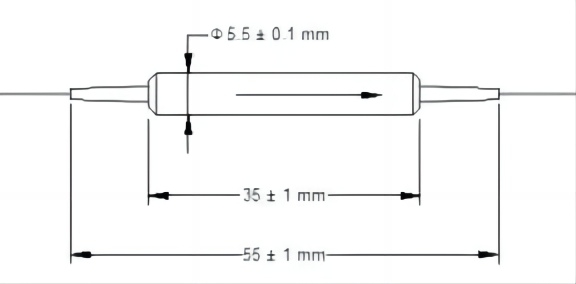How to Optimize AcoustoOptic Q-Switch Performance in High-Power Laser Systems
An acousto optic Q switch is a critical component in pulsed laser systems for the realization of fast modulation of the laser cavity quality (Q) for high-peak-power pulse generation. It needs to be optimized for applications ranging from industrial micromachining to scientific research. In this article, we review the basics you need to know to get the best out of your acousto optic Q switch in high-power laser systems.
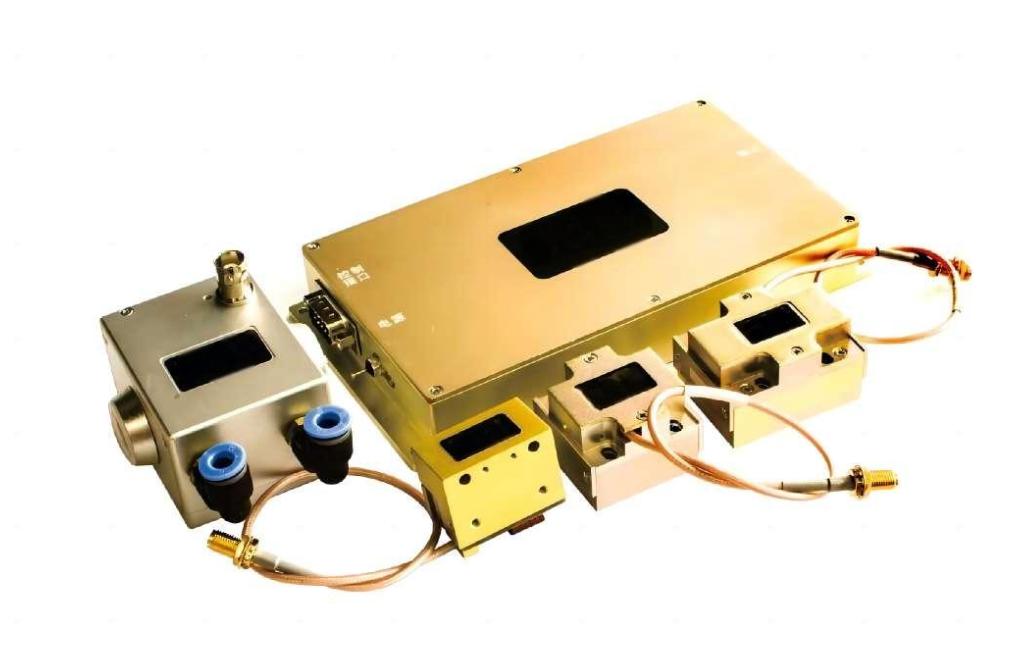
What is Acousto Optic Q-Switch?
An acousto-optic Q switch is a component of a laser system which regulates the time interval and the power of the laser beam output. It does so by making use of the sound waves of a certain frequency which are produced by RF signals and are of high frequency themselves. These sound waves cause the optical crystal to have periodic changes in its refractive index. The changes create a diffraction grating which is capable of bending or even stopping the laser beam within the resonator.
When the RF signal is “on”, the laser cavity has “hard” losses which relatively high as the system is not allowed to “lase”. The RF signal “off” state results into the losses sharply increasing which means power held in the gain medium can be exhausted in one strong pulse. The fast switch is a necessity in creating high peak power pulses needed in the micromachining and medical laser industry or scientific research.
For Q-switch lasers, the Q-switch acousto optic type has a constant edge in reliability, rapidly changing response, repetition rates as well as in the laser power ranging from moderate to high.
Key Factors Affecting Acousto Optic Q-Switch Performance
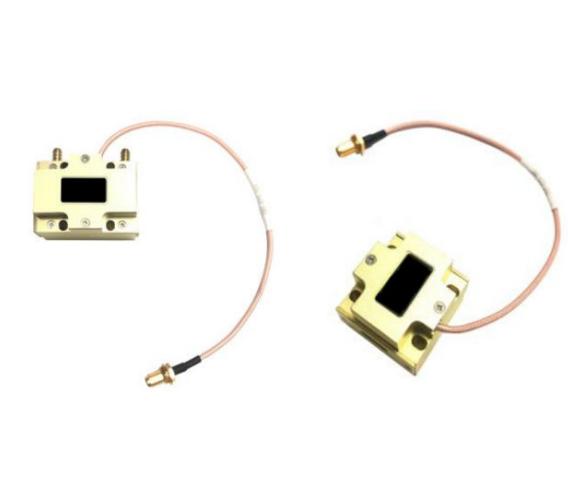
To fully utilize an acousto optic Q switch in high power laser systems pertinent issues have to be consideration. Every part from the RF drive to the optics has to be perfectly synchronized to provide high quality and stable laser pulse throughput.
RF Drive Power Optimization
A mismatch within the RF drive power impacts the acoustic wave within the crystal. Furthermore, the RF drive must be tailored to the Q switch’s configuration for optimal diffraction efficiency. Insufficient power results in the beam being poorly deflected, and pulse contrast being substandard. Additionally, overpowered inputs can cause irreversible damage to the crystal or aggravate the performance of the system. Also, within the acoustic transducer and RF driver system, both must work in tandem to resolve any signal reflection or power deficit issues.
Acoustic Wave Absorption & Material Selection
The choice of crystal material significantly affects the Q switch’s thermal handling and acoustic performance. Examples of such materials are tellurium dioxide (TeO₂) and fused silica. Tellurium dioxide has high diffraction efficiency while fused silica has better thermal stability. Each of these materials will have a certain acoustic velocity and absorption coefficient that will affect the switching speed and the heating. Very low acoustic absorption is ideal in order to avoid excessive thermal gradients while performing.
Diffraction Efficiency & Optical Alignment
As far as the optical systems are concerned, it is critical that the laser beam enters the acousto optic interaction area at the correct angle, the so-called Bragg angle, in order for the diffraction to be effective. Incomplete alignment leads to changes in the system’s diffraction efficiency, higher insertion loss, and/or unstable pulse output. The beam’s shape and size also need to be tailored to interaction volume in the crystal to guarantee uniform beam modulation throughout the duration of the interaction.
Thermal Management
High-power lasers generate significant heat, and the Q switch must be kept within a stable operating temperature range to maintain consistent performance. Efficient heat sinking and active cooling—using water or thermoelectric systems—are vital for preventing thermal drift, acoustic velocity changes, and crystal stress. Even small temperature fluctuations can affect timing accuracy and diffraction performance.
By carefully managing these key parameters, laser operators can ensure their acousto optic Q switch performs reliably, delivering precise and high-energy pulses for demanding applications.
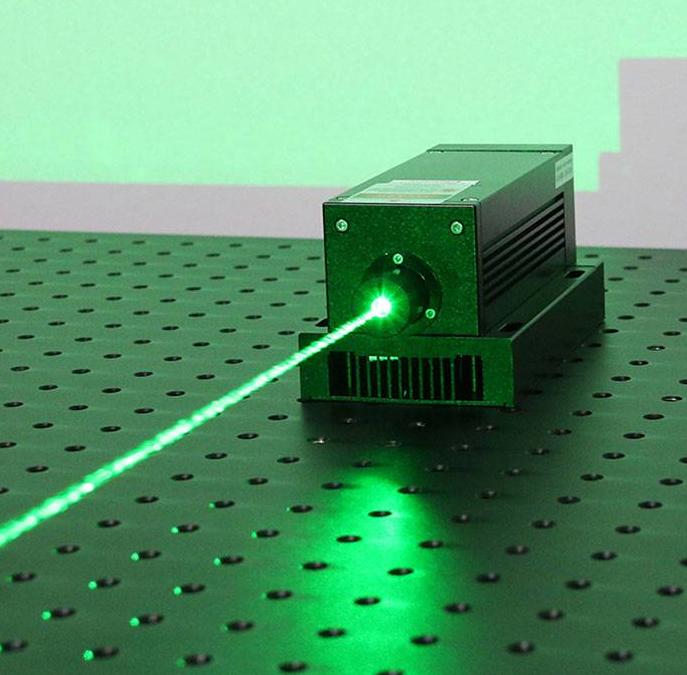
Advanced Techniques for Enhancing Acousto Optic Q-Switch Performance
Aside from performing the standard setup and alignment procedures, there are a few advanced approaches which may improve the performance of an acousto optic Q-switch in high power laser systems. These approaches enhance the stability and efficiency of the laser and the responsiveness of the entire system, which is crucial in high-speed or high-precision applications.
Using Active Feedback Loops
Active feedback loops allow modification of specific Q-switch parameters in real-time, which is enabled through real-time monitoring. The system can adjust RF drive amplitude, pulse timing, and other parameters automatically using fast photodiodes or energy sensors to measure output pulse parameters. This loop is essential in systems which operate at high repetition rates, as power and thermal effects can lead to drift or oscillation in a system. Active Q stabilization improves the inter-pulse reproducibility, which benefits precision micromachining and nonlinear optical applications.
Frequency Tuning and Bandwidth Management
An acousto optic Q switch is sensitive to the drive frequency. A system is best performed at or near the Bragg frequency. Temperature changes and the aging of the crystal are factors which can cause the optimal frequency to shift. Real-time adjustment and fine-tuning of RF frequency helps achieve a balance between efficiency and insertion losses.
For broadband and ultrafast systems, some form of bandwidth management is required. In these situations, more sophisticated methods of maintaining high diffraction efficiency across broader spectral ranges, like dual-frequency or chirped-frequency driving, can be used. These methods provide clean pulse shaping while maintaining high output energy.
Integration with Digital Control Systems
These days, many laser systems incorporate the Q switch within Digital Control Systems, e.g. FPGAs or DSPs. These systems permit full control of the Q switch’s timing down to the second, synchronization to other parts of the system, and can even adapt automatically to changing conditions in real time. The system can be more automated and controlled, and diagnostics can be performed better which leads to improved reproducibility.
With these higher level methods and techniques applied, the acousto optic Q switch can be optimized to provide better control and pulse precision, increased efficiency, and sustained operational stability over time, even in harsh environments with high power lasers.

Common Maintenance Tips
Regular upkeep is vital to keep an acousto-optic Q-switch running smoothly, especially in high-power laser setups where heat and mechanical stress build up over time. Taking the time to care for the device helps keep the laser pulses sharp, reduces the chances of unexpected failures, and increases the life of the Q-switch and its nearby parts.
1. Inspect the Crystal and Housing: Periodically look at the acousto-optic crystal for cracks, dirt, or signs that the optical coating is fading. Any scratches, dust, or fingerprints can cut diffraction efficiency and create stray light. If cleaning is needed, use lint-free wipes and high-purity isopropyl alcohol to gently wipe the crystal surfaces.
2. Fix the Optical Path: Mechanical movement or heat can gradually knock the optics out of kilter. Use an alignment laser or optical targets to check the beam through the Q switch regularly. Keeping the beam in the right spot helps the system diffract light efficiently year after year.
3. Check RF Connections and Cables: Make sure RF cables and connectors are tight and show no signs of rust. A loose or corroded connection can cause signal drop, mismatch in impedance, or unstable acoustic wave formation. Test the RF driver output regularly to confirm it stays in the range recommended for the best performance.
4. Keep a Service Notebook: Write down every important measurement: output power, pulse stability, RF settings, and any tweaks you make. When you collect this data over months and years, patterns of performance drift show up early. This diary makes it faster to find and fix any problems.
5. Monitor and Maintain Cooling Systems: Keeping the Q-switch cool is non-negotiable. Clean the heat sinks, check coolant levels, and ensure fans or thermoelectric coolers are running as they should. Failing to manage heat can lead to drifting performance, diminished output, or irreversible damage to the crystal.
Taking these steps regularly will keep your acousto-optic Q switch running smoothly under tough laser conditions. A well-kept switch means high efficiency and rock-solid reliability every time you fire the laser.
Getting the best performance from an acousto-optic Q switch in high-power laser systems requires a full-system view. Start with careful RF drive tuning, choose high-quality crystals and lenses, and set up the optics with precision. Don’t overlook heat—good thermal design keeps everything within safe limits. Using real-time feedback and smart frequency management can unlock even better results. Finally, make regular checks part of your routine to keep the switch running smoothly over time. Stick to these best practices, and you will create highly stable, sharp high-peak-power pulses with top-notch beam quality.

